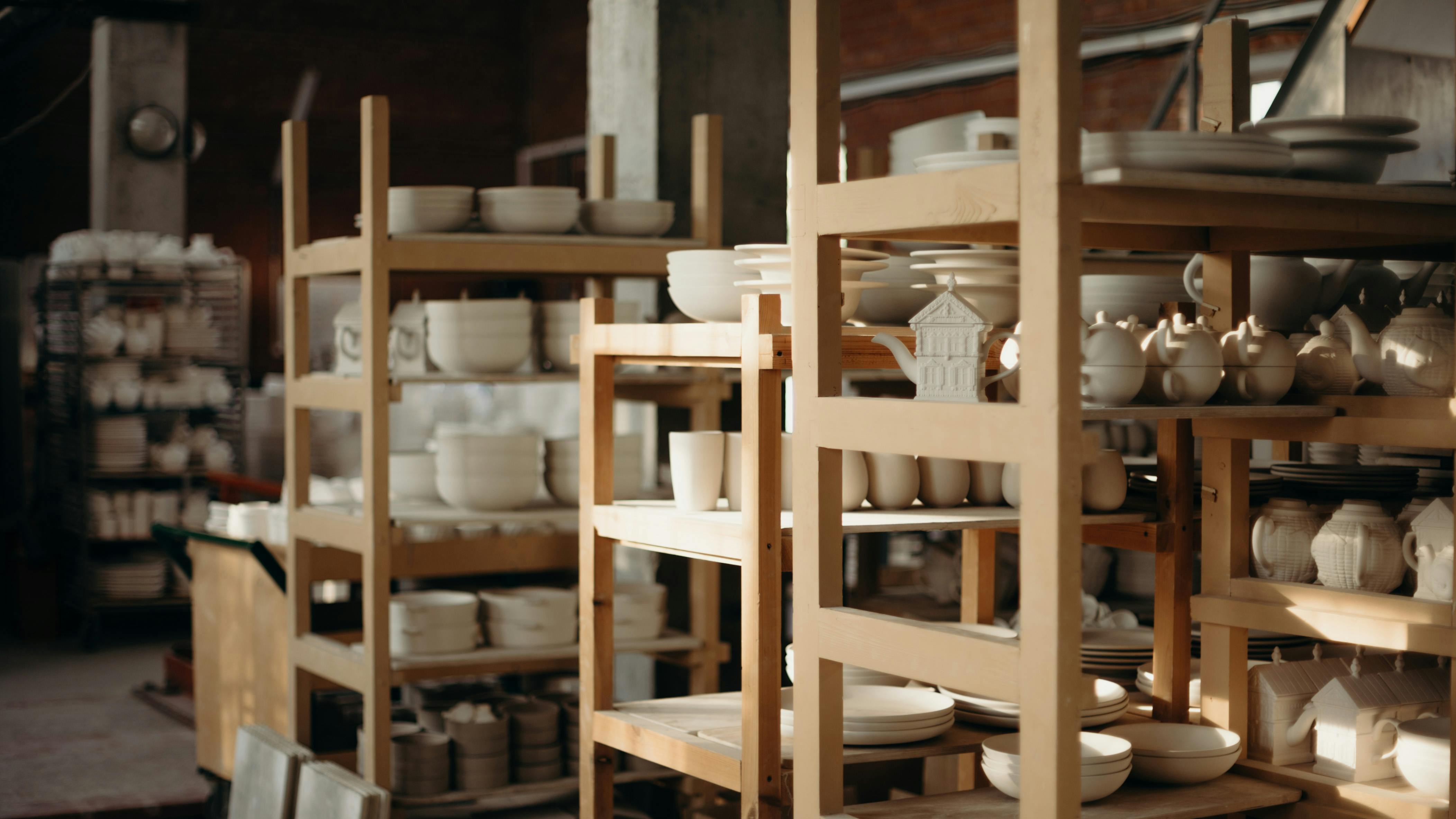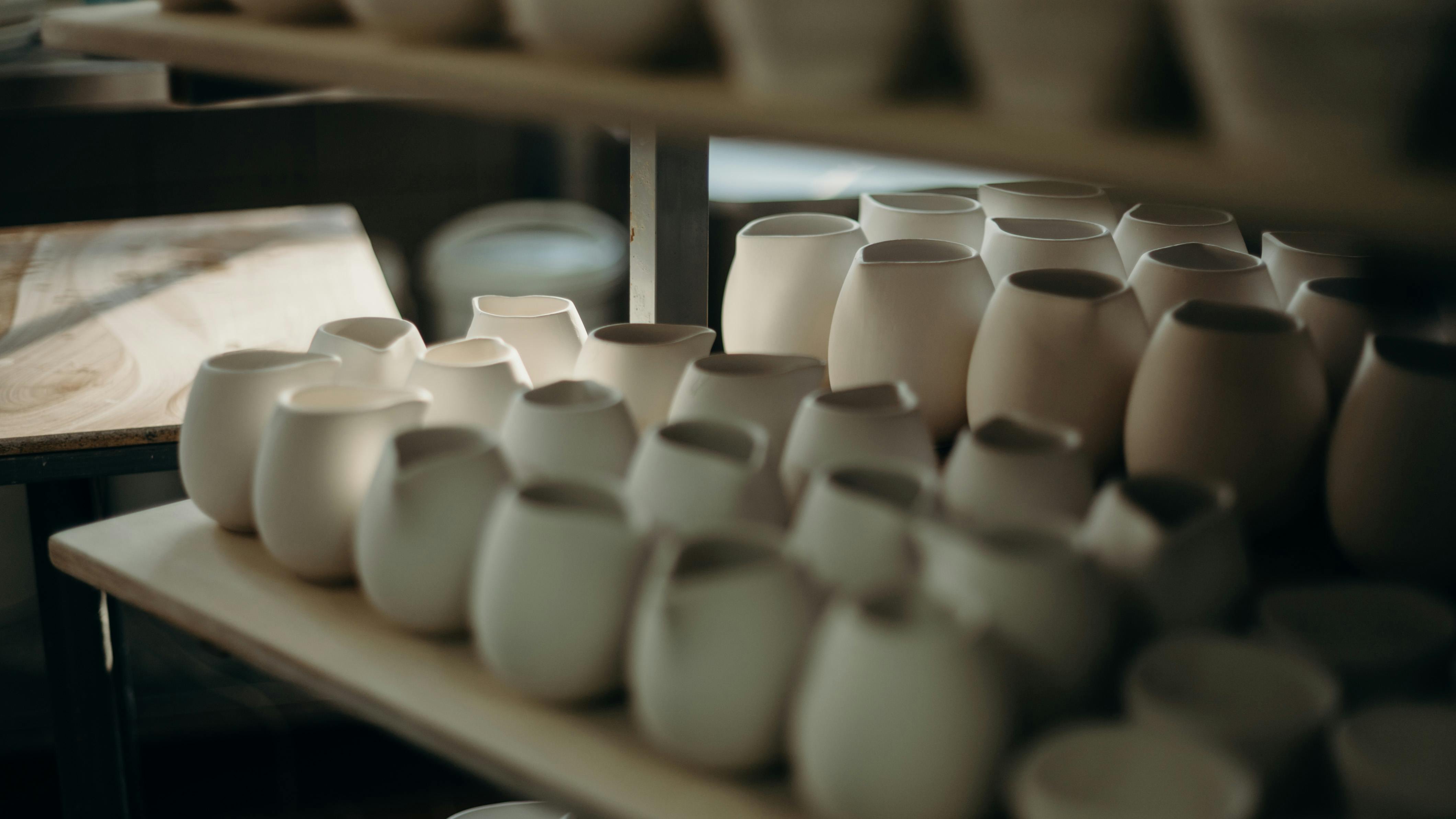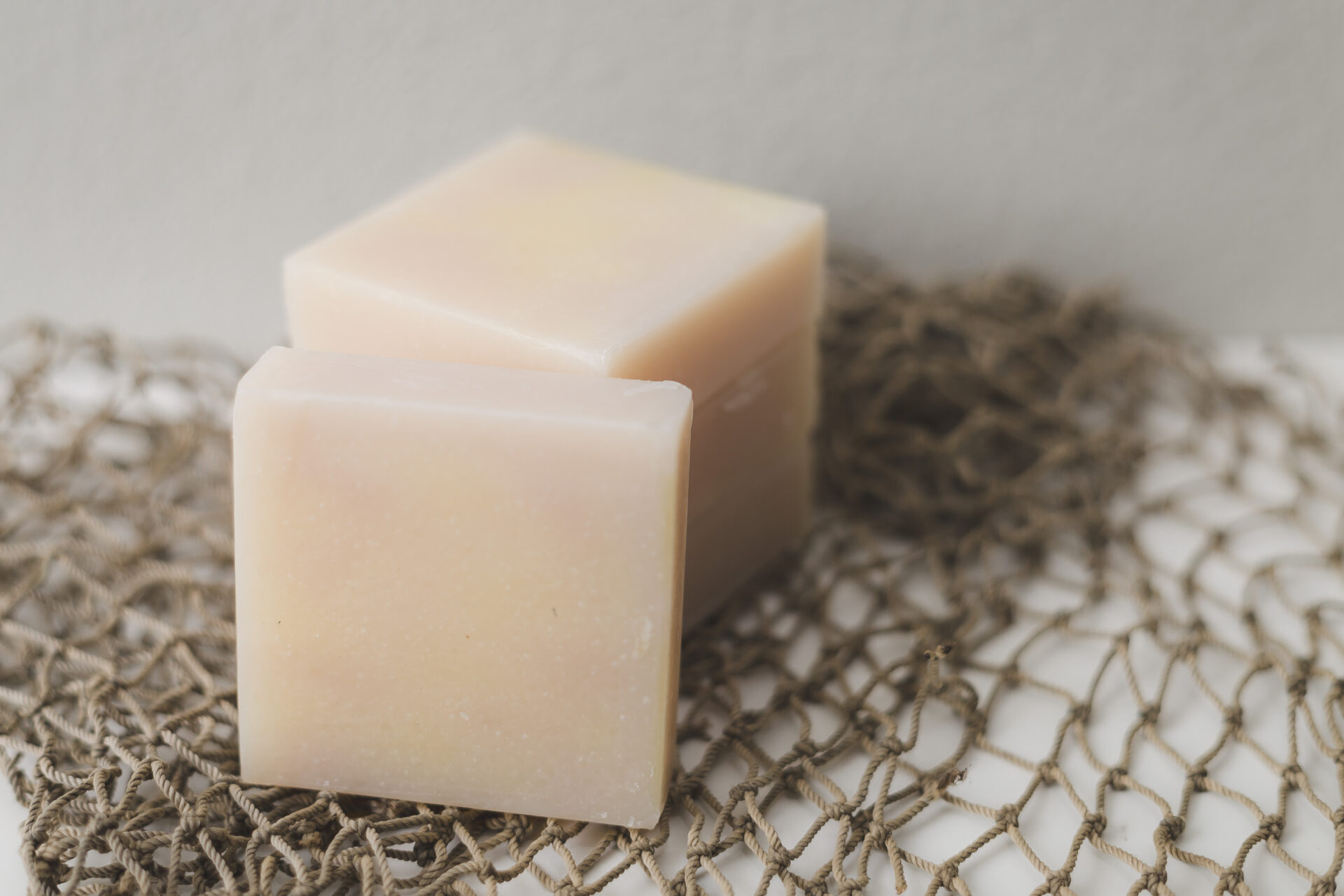Distilled vinegar is a natural cleaning agent that can be used to kill mold and mildew. It is an effective and affordable alternative to chemical-based cleaners, and it can be used safely on a variety of surfaces. This article will discuss the effectiveness of distilled vinegar for killing mold, as well as how to use it properly.Distilled vinegar is a clear liquid produced by the acetic acid fermentation of ethanol. It is commonly used as a condiment and preservative, and can be found in many households in various forms. Distilled vinegar has a sharp, sour taste and is usually made from a grain-alcohol base such as malt or rice. It has a pH level of 2.4 or less, making it very acidic.
Does Distilled Vinegar Kill Mold?
Distilled vinegar has been used for centuries as a natural cleaner and disinfectant. It is a popular choice for cleaning mold, as it is a non-toxic and affordable alternative to chemical cleaners. Vinegar is also effective at killing many types of mold spores and can help prevent the spread of mold to other areas.
When using vinegar to kill mold, it is important to use only distilled white vinegar. Other types of vinegar, such as apple cider vinegar or balsamic vinegar, are not effective at killing mold and can even encourage its growth. To ensure the best results, use only distilled white vinegar when cleaning mold from surfaces.
To kill mold with distilled white vinegar, it is important to dilute the vinegar with water in a spray bottle. Generally, you should use a 50/50 ratio of water to vinegar when cleaning most surfaces. Once diluted, spray the solution directly onto the affected area and allow it to sit for several minutes before wiping off with a damp cloth or sponge.
For particularly stubborn patches of mold, you may need to increase the concentration of the solution or scrub the surface gently with a brush before rinsing with clean water. You may also need to repeat the process several times in order to completely eliminate all traces of mold.
In addition to killing existing mold spores, using distilled white vinegar can help prevent future outbreaks by removing potential food sources on which they feed. Applying undiluted distilled white vinegar directly onto surfaces can help inhibit the growth of new colonies of molds and mildews.
Overall, distilled white vinegar can be an effective tool in eliminating existing colonies of molds and mildews from your home while also helping to prevent future outbreaks from occurring. While it may take some time and effort to remove stubborn patches of mold completely, using this natural cleaner is an affordable way to keep your home safe from harmful bacteria without having to resort to harsh chemical cleaners that may have adverse effects on your health or environment.
Benefits of Using Distilled Vinegar to Kill Mold
Mold can be a difficult problem to deal with, but using distilled vinegar is a natural and effective solution. Distilled vinegar is a safe and non-toxic way to kill mold without the use of harsh chemicals. It is also much less expensive than many commercial mold killers. The acidic nature of distilled vinegar helps to kill mold on surfaces such as countertops, tiles, and tubs. It can also be used to kill mold on fabrics or other materials that cannot be washed in hot water.
Another benefit of using distilled vinegar to kill mold is that it does not produce any odors or fumes. This makes it ideal for use in homes with pets or small children, as there are no harmful fumes to worry about. In addition, it does not leave behind any residue after use, so there is no need to worry about staining or discoloring surfaces.
Distilled vinegar can also help prevent future outbreaks of mold by keeping the area dry and well-ventilated. This helps discourage the growth of spores that can cause future outbreaks. It can also be used as a mildew remover for fabrics and other materials around the home.
Overall, using distilled vinegar as a natural solution for killing mold is an effective and affordable way to keep your home free from this pesky problem. It is safe for both humans and animals, produces no odors or fumes, and leaves no residue behind after use. It can also help prevent future outbreaks by keeping the area dry and well-ventilated while providing mildew removal capabilities for fabrics around the home.
Using Distilled Vinegar to Kill Mold
Distilled vinegar is a great natural alternative for killing mold. It is non-toxic, affordable, and effective when used correctly. With a few simple steps, you can use distilled vinegar to kill mold in your home and prevent it from coming back.
The first step is to prepare the area where the mold is growing. You should remove any furniture or other items that are in the immediate vicinity of the mold. This will help ensure that the vinegar reaches all parts of the mold and kills it completely. You should also open windows or use fans to circulate air in the room so that the vinegar can dry quickly and prevent additional mold growth.
Once you have prepared the area, you will need to mix distilled white vinegar with water in a bucket or spray bottle. The ratio of water to vinegar should be 1:1 so that it is strong enough to kill the mold but not too strong that it damages surfaces in your home. Make sure to wear protective gloves, goggles, and a face mask when preparing this solution as vinegar can be irritating if it comes into contact with your skin.
Next, use a sponge or cloth soaked in the vinegar solution to wipe down all of the surfaces where you see mold growth. Make sure you get into all of the nooks and crannies where spores may be hiding. Allow the solution to sit on these areas for at least 15 minutes before wiping them down again with clean water.
Finally, dry out any wet areas as quickly as possible using fans or dehumidifiers. This will help prevent additional moisture from accumulating which could lead to more mold growth. If you find that some areas are still damp after drying them out, try using an anti-mold spray such as Borax or baking soda on these spots before drying them out again.
By following these simple steps, you can effectively use distilled vinegar to kill mold and keep it from coming back again in your home!
Is Distilled Vinegar a Good Choice for Killing Mold?
Distilled vinegar is a popular natural cleaner and it’s often used in households to clean, deodorize, and disinfect surfaces. It can be used to remove mold from many surfaces, including walls and floors. The acidity of distilled vinegar kills most types of mold and can help prevent it from growing back. When using distilled vinegar to kill mold, it’s important to remember that its effectiveness will depend on the type of mold you are dealing with.
In order to effectively kill mold with distilled vinegar, you’ll need to first clean the surface with a detergent or soap solution. This will help remove any surface dirt and debris that could prevent the vinegar from penetrating the surface. Once this is done, you can apply the vinegar directly onto the affected area using a spray bottle or cloth. Allow it to sit for at least an hour before wiping away with a cloth or paper towel.
It’s important to note that while distilled vinegar has antifungal properties that can help kill mold, it does not necessarily prevent future growth. To ensure that your home remains free from mold in the future, regular cleaning and maintenance are essential. Additionally, if the area is prone to moisture or has been damaged by water in any way then you should consider investing in an anti-mold solution as these are designed specifically for this purpose.
In conclusion, distilled vinegar is an effective natural cleaner that can be used to kill most types of mold when used correctly. However, it is important to remember that regular cleaning and maintenance are key when it comes to preventing future outbreaks of mold in your home.

Are There Risks Associated with Using Distilled Vinegar to Kill Mold?
Mold can be a serious problem in any home or business, and it’s important to take action quickly to prevent further damage. One of the most popular methods for killing mold is using distilled vinegar. While this may be an effective solution, there are some potential risks associated with using this method.
The first risk is that vinegar may not completely kill all of the mold spores. If they aren’t completely eliminated, they could potentially spread to other areas of the home or business and cause further damage.
Another risk is that if vinegar isn’t used properly, it could actually make the problem worse by stimulating the growth of new mold colonies. This can occur if too much vinegar is used or if it isn’t allowed enough time to penetrate and kill existing spores.
Finally, using vinegar to kill mold could also create an unpleasant smell in the area that might be difficult to remove even after the mold is gone. This could be especially problematic for businesses as customers may find the smell off-putting and decide not to patronize their establishment.
While distilled vinegar can be an effective way to kill mold, it’s important to consider these potential risks before attempting this method of removal. It may be better to consult with a professional who can assess the situation and provide advice on how best to proceed.
Does the Concentration of Vinegar Matter for Killing Mold?
The answer to this question is yes, the concentration of vinegar does matter when it comes to killing mold. Vinegar is a natural solution that has been used for centuries to clean and disinfect all kinds of surfaces, and it is also an effective way to kill mold. Vinegar is acidic and can disrupt the cell membranes of mold, causing them to die off.
The effectiveness of using vinegar to kill mold depends on its concentration level. For example, a solution of 5% acetic acid vinegar is more effective than one with 2% acetic acid concentration. Higher concentrations of vinegar will have a greater impact on the mold and be more effective at killing it. However, these higher concentrations can also be more damaging to surfaces like wood, so it’s important to use caution when cleaning with vinegar.
When using vinegar to kill mold, it’s important to make sure that you are using a spray bottle or other applicator with an adjustable nozzle so you can control the amount of solution that is released onto the surface you’re cleaning. This will help ensure that you’re using enough solution for effective results without risking damage from too much. It’s also important to always wear protective gear such as gloves and face masks when cleaning with vinegar as its acidic nature can cause skin irritation or respiratory problems when inhaled in large amounts.
Overall, the concentration of vinegar does matter when trying to kill mold effectively. When using higher concentrations make sure you adjust your application accordingly in order to get the best results without risking damage from excess solution or harm from its acidic nature.
Removing Mold
Using distilled vinegar to kill mold is a common household solution. It is effective, as the acidic nature of the vinegar helps to break down and kill the mold spores. After using distilled vinegar to kill mold, it is important to take additional steps in order to ensure that all of the mold has been removed.
Clean Surfaces
Once the mold has been killed with distilled vinegar, it is important to thoroughly clean all affected surfaces. This helps to remove any lingering spores and prevent any further growth. It is best to use a mild detergent or cleaning solution for this step, as stronger solutions may cause discoloration or damage certain surfaces.
Dry Surfaces
Once surfaces have been cleaned, it is important to make sure they are completely dry in order to prevent mold from growing back. Any dampness or moisture can lead to future growth and spread of mold spores. If possible, use a fan or dehumidifier in order to speed up the drying process.
Replace Damaged Materials
In some cases, materials may have become too damaged by the mold for them to be salvaged. In these cases, it is best to replace them entirely in order to ensure that all traces of mold have been removed and that there will not be any future issues with growth or spread of spores.
Taking these additional steps after using distilled vinegar on mold can help ensure that all traces of the fungus are gone and that there will not be any future problems with growth or spread of spores. This will provide peace of mind and a healthier living environment for you and your family.

Conclusion
Distilled vinegar is an effective and natural way to kill mold. It can be used safely in many areas of the home, such as bathrooms, kitchens, and basements. The acidic nature of vinegar helps to break down the cell walls of the mold and kill it. While distilled vinegar does not always completely eliminate all traces of mold, it can help to reduce the amount of visible mold growth. Additionally, using distilled vinegar helps to prevent future mold growth and can help to reduce any associated health risks.
Overall, using distilled vinegar is a safe and affordable way to control mold growth in your home. However, it is important to remember that it is not a substitute for professional remediation services in cases where there are large amounts of visible mold or if you are experiencing health issues associated with mold growth. In these cases, you should seek professional help in order to ensure that the issue is fully addressed.

